In most counties Mexico and south, Spanish influence is in your face everywhere you go. Not so much here in Costa Rica. Sure, the Spanish language and Catholicism dominate. But when Spanish-era buildings are shaken to the ground they’re replaced with something Costa Rican.
Our second stop this morning, the Gold Museum, illustrated one reason Spanish influence isn’t as strong as elsewhere: there wasn’t all that much gold in Costa Rica. Some, but nothing like Peru. The Spaniards invested in places where the return on investment was optimal.
The Gold Museum focused on gold but the largest floor was dedicated to pre-Columbian times. As in other countries, indigenous peoples were mostly wiped out or assimilated but four indigenous groups, numbering 100,000 members, still exist here today. Four indigenous languages survive, two actively spoken and two “in recovery.”
As I mentioned earlier, the indigenous peoples were already a blend of peoples from the north and south as the Central American land bridge formed through volcanic activity starting 10 million years ago and completing 3 million years ago. The museum showed archaeological evidence of human progress from hunter-gatherer tribes to sophisticated societies with specialized workers and excess time that allowed artisans to create the evidence we see today.
Our first stop, the National Theatre, showed how European influence is as strong or stronger than Spanish. During the coffee boom of the late 1900s and early 1900s, Europe was Costa Rica’s principle market. How could the European coffee buyers be entertained? With a first-rate concert hall. Let’s build them one. Where’s the money going to come from? Let’s tax coffee exports.
That didn’t last Long; Costa Rican coffee was no longer competitive on world markets. Let’s tax imports then. But those import duties make goods at Walmart too expensive. In the end, we were told, 96% of the not insignificant cost came from income tax levied on Costa Rican citizens.
Almost all of the materials used to construct and decorate the museum came from Europe: Italy, France, Belgium, Germany, etc. The rococo design is straight from Europe too.
The U.S. has had a big influence on Costa Rica. The banana industry was largely a U.S. creation. Today, the U.S. accounts upwards of 40% of Costa Rica’s import/export trade.
But whatever the ingredients in the Costa Rican mix, the result is a friendly, reasonably prosperous and stable democracy.
We drove westward towards Puntarenas and stopped at Sochí for lunch. It’s a town that specializes in ox carts – the traditional way for farmers to bring their produce to market. Brightly painted in traditional colors, ox carts are now works of art. The place we stopped had a small workshop where artists were creating original designs. They also operate a large gift shop offering items created by local artisans. We managed to escape with only a small cribbage board.
Then another hour and a half up the Central Mountain range and down the other side to Puntarenas and our ship the Bellot. The mountain was covered by a dry forest, as opposed to rain forest like the one we were in day before yesterday or a cloud forest like the one at Monte Verde that we visited with Rebecca many years ago.
The Bellot is a French ship. The vibe is of a Mediterranean luxury yacht like a movie star or tech mogul might sail around in . We were warned that long pants and no sneakers are allowed at dinner. We packed for wet landings from zodiacs, which were doing tomorrow morning, rather than fancy. We’ll see how that works out.
The ship’s crew conducted a complete and rigorous life boat drill this evening so this is a by-the-book operation for sure.
WiFi on board is at best hit or miss so far, so we’ll have to see how things work out blog wise. Fingers are crossed.
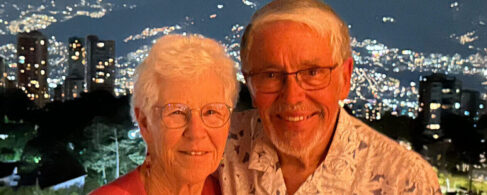
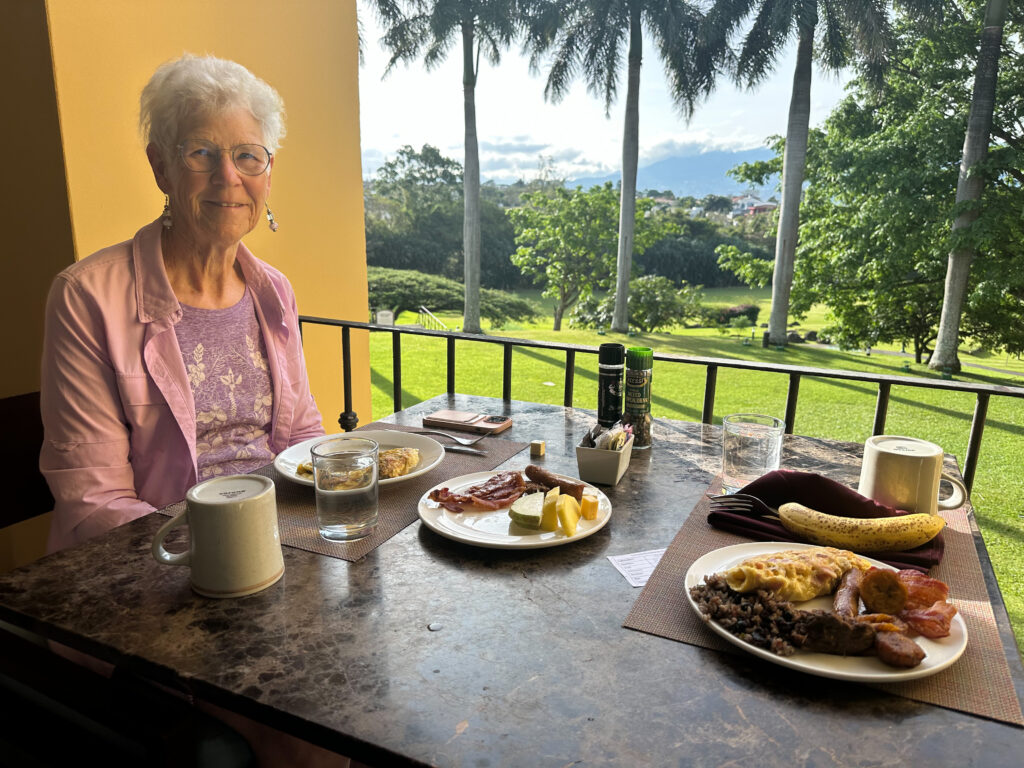
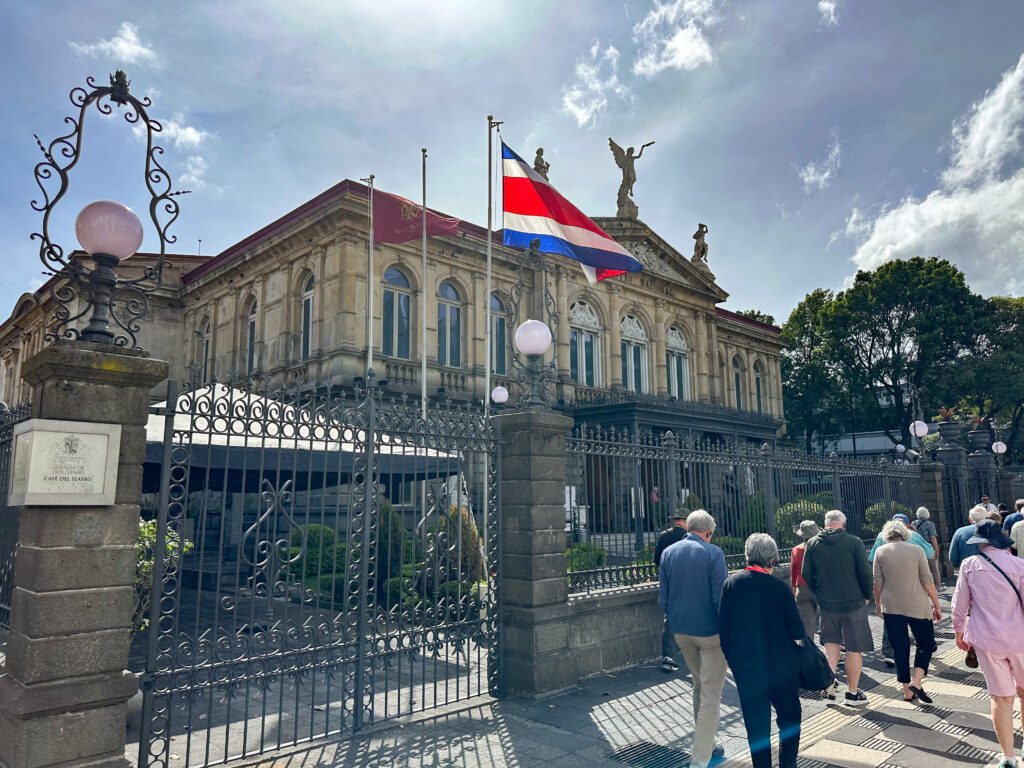
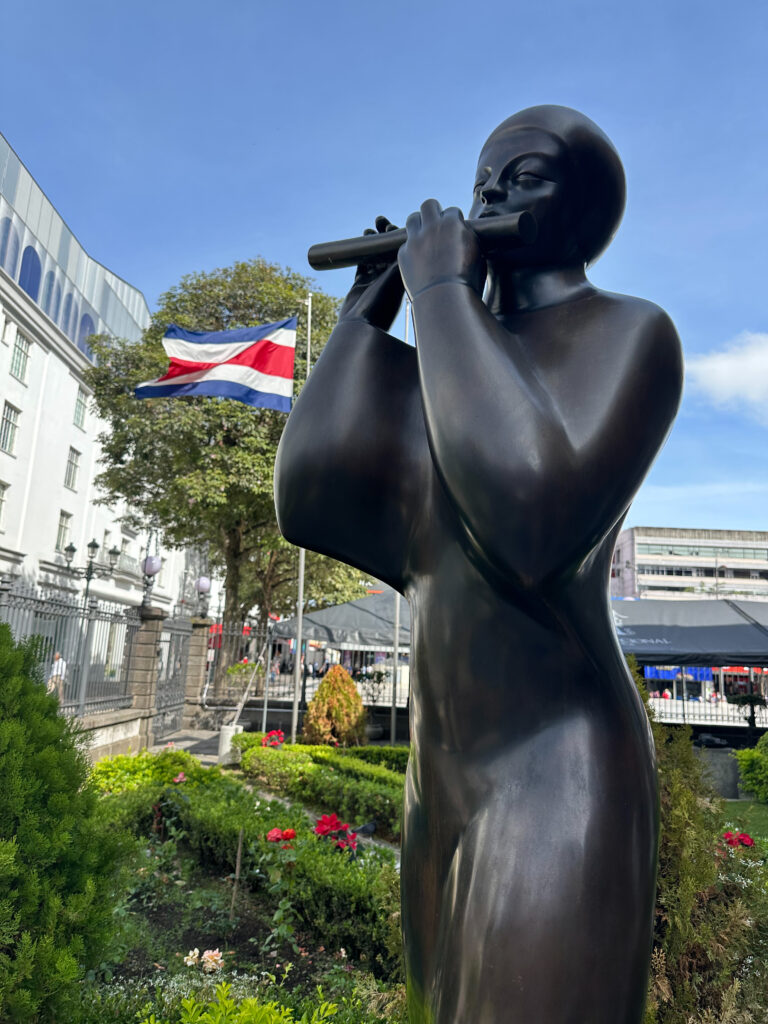
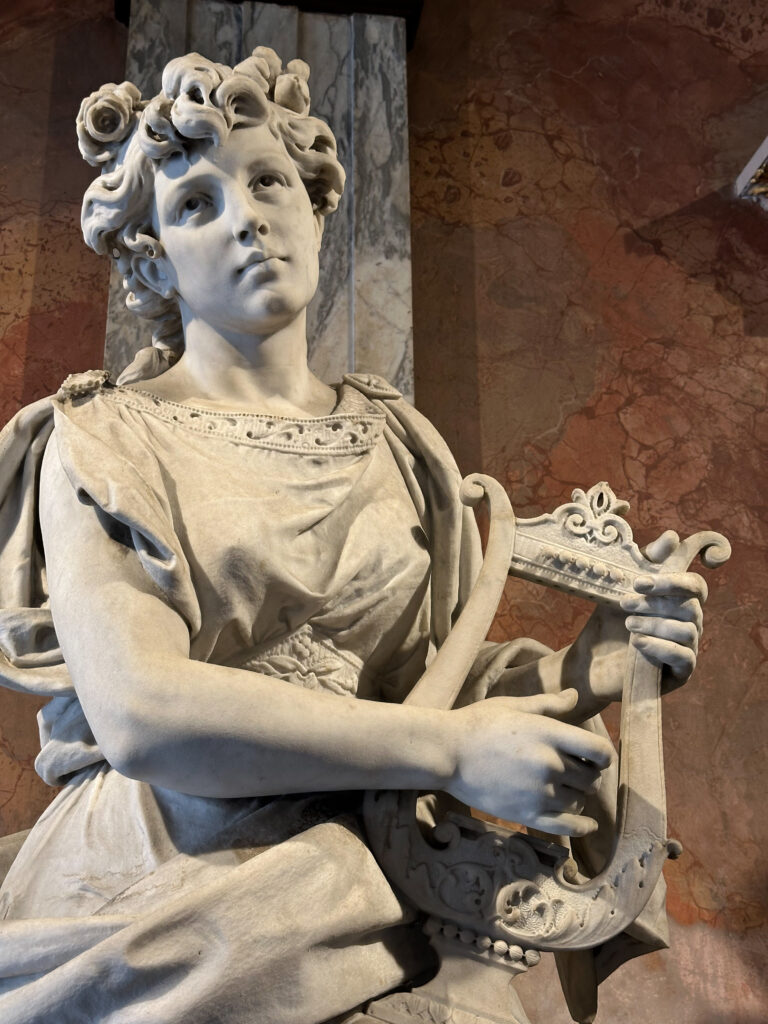
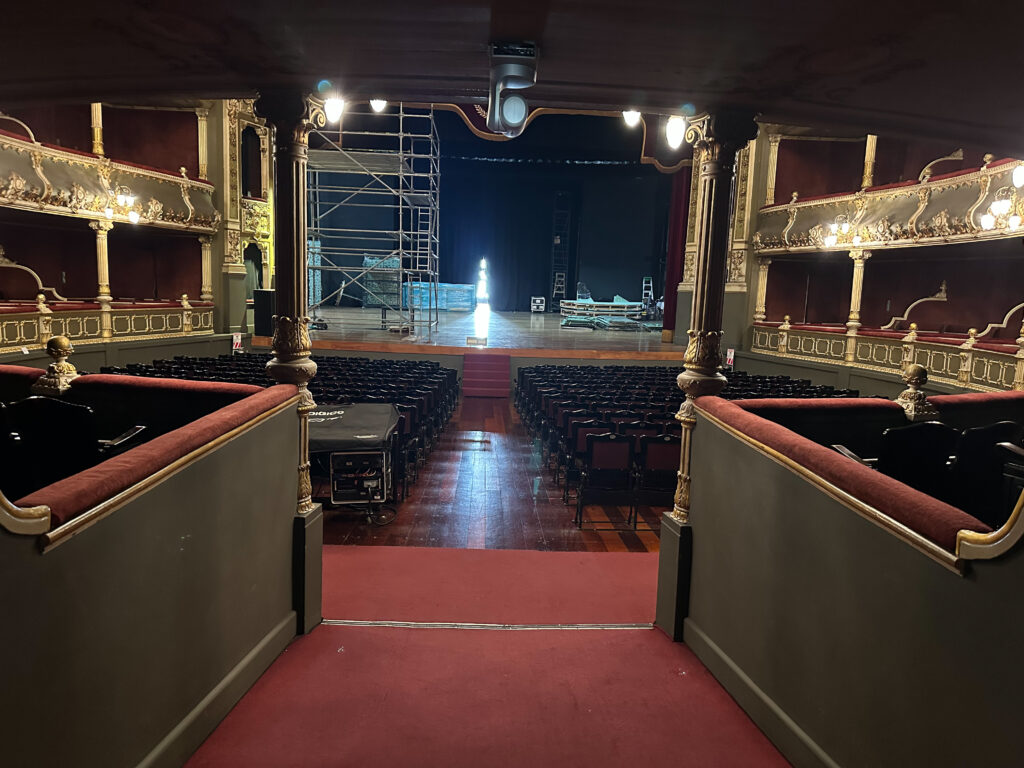
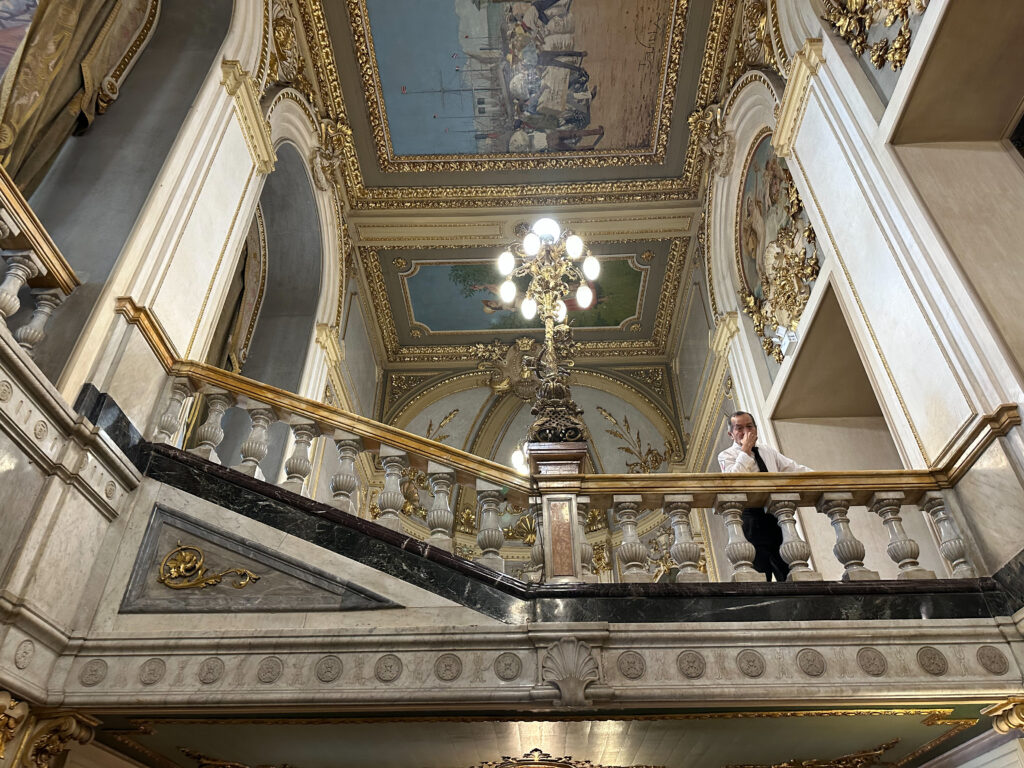

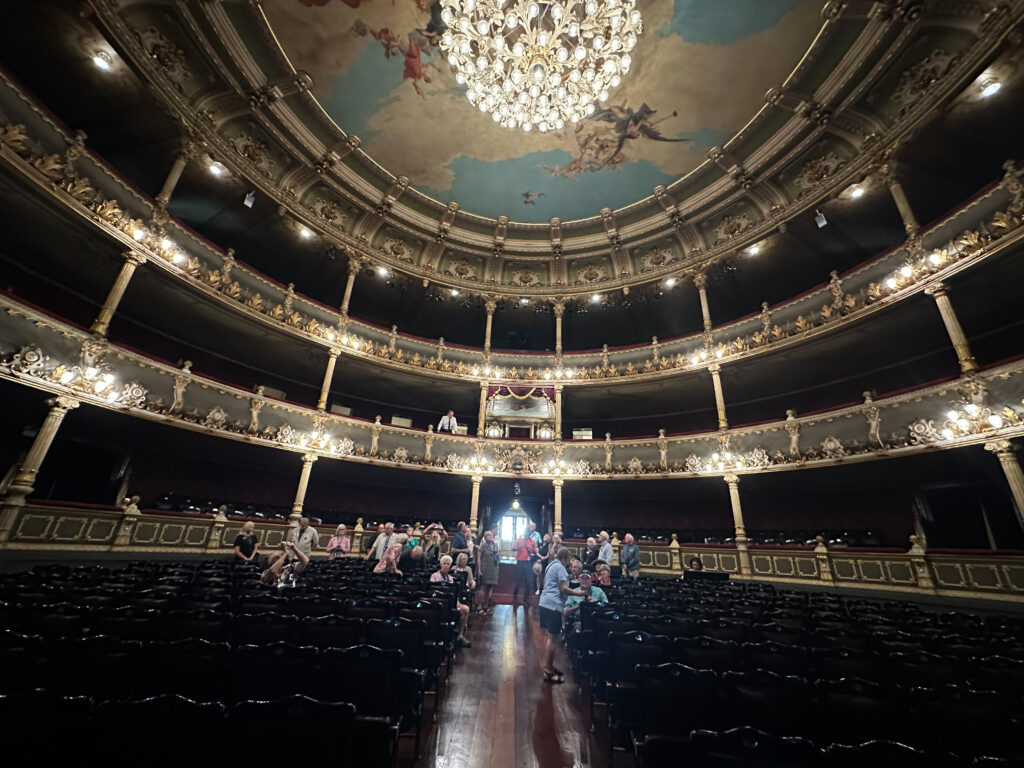
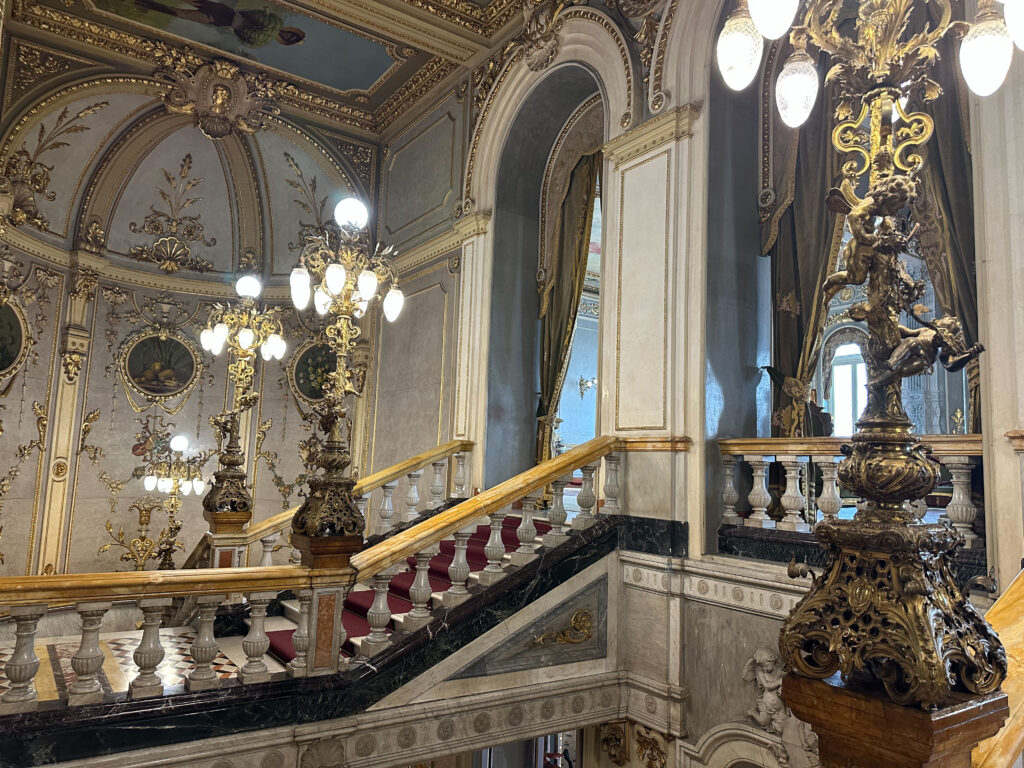
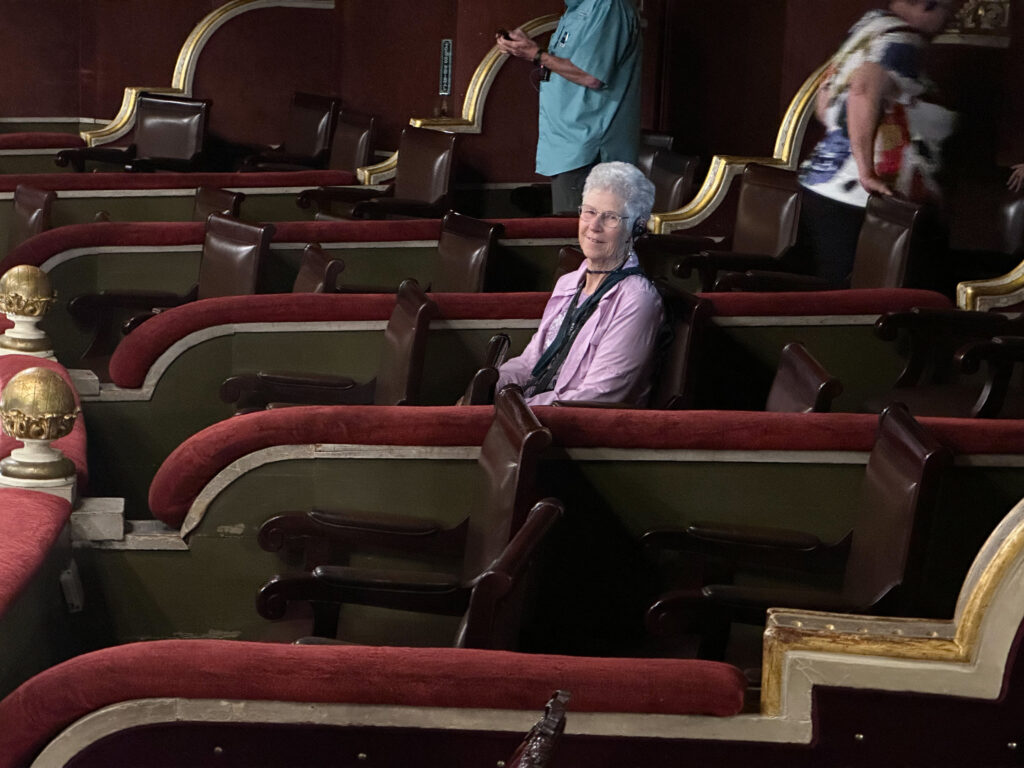
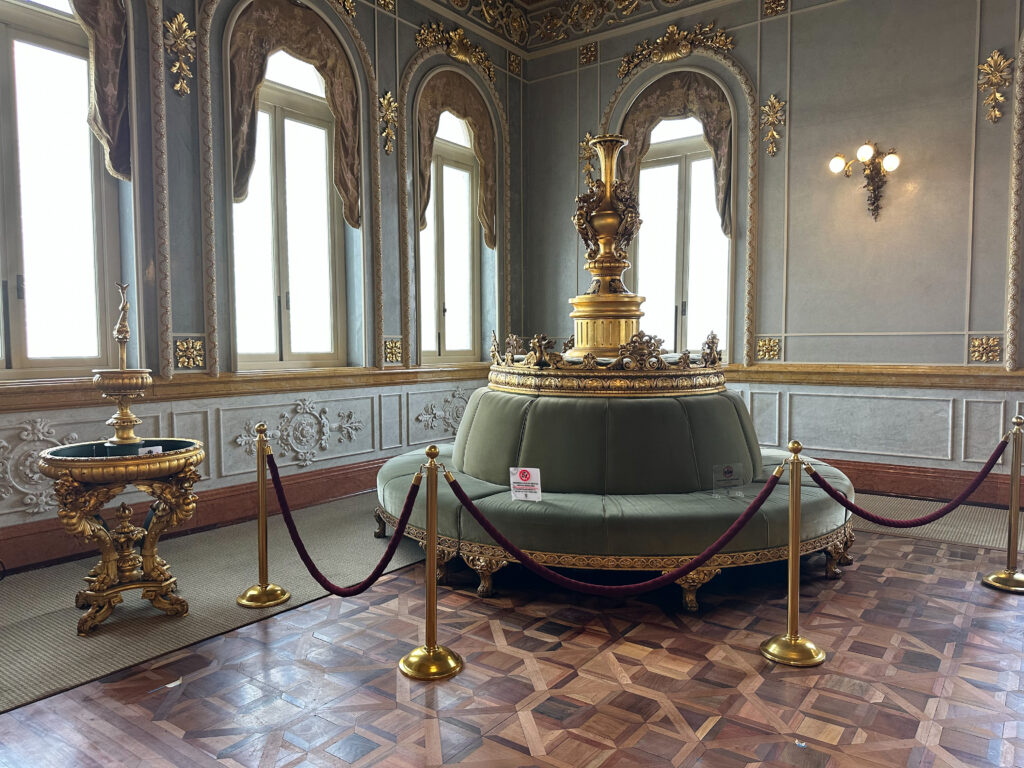
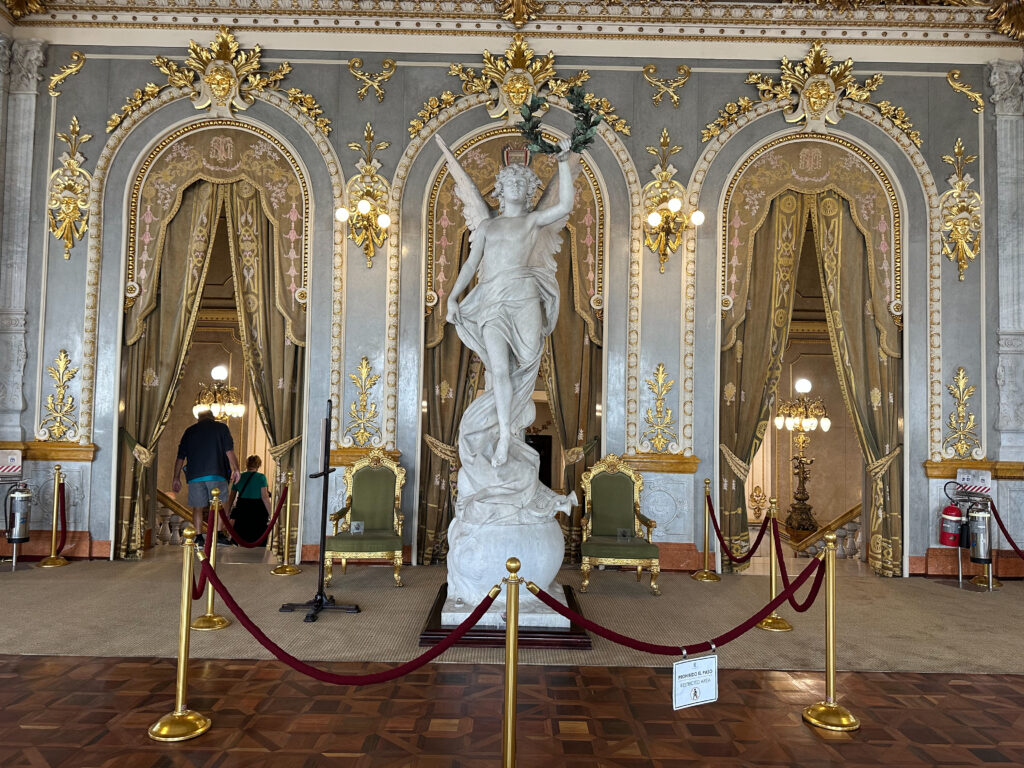
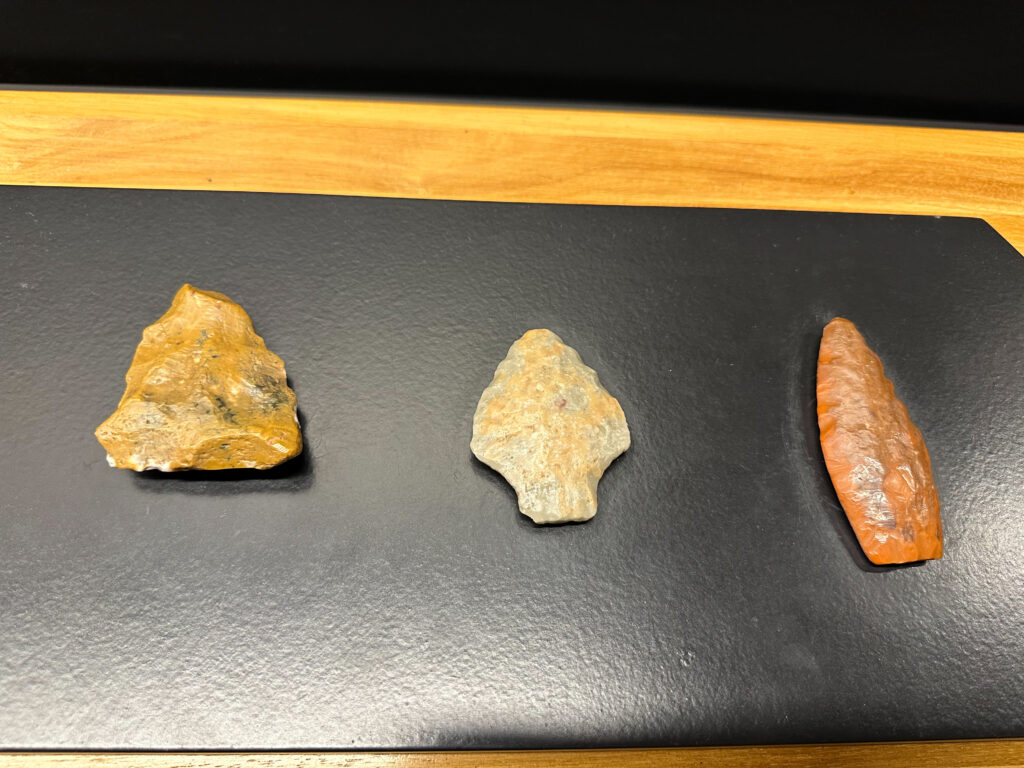
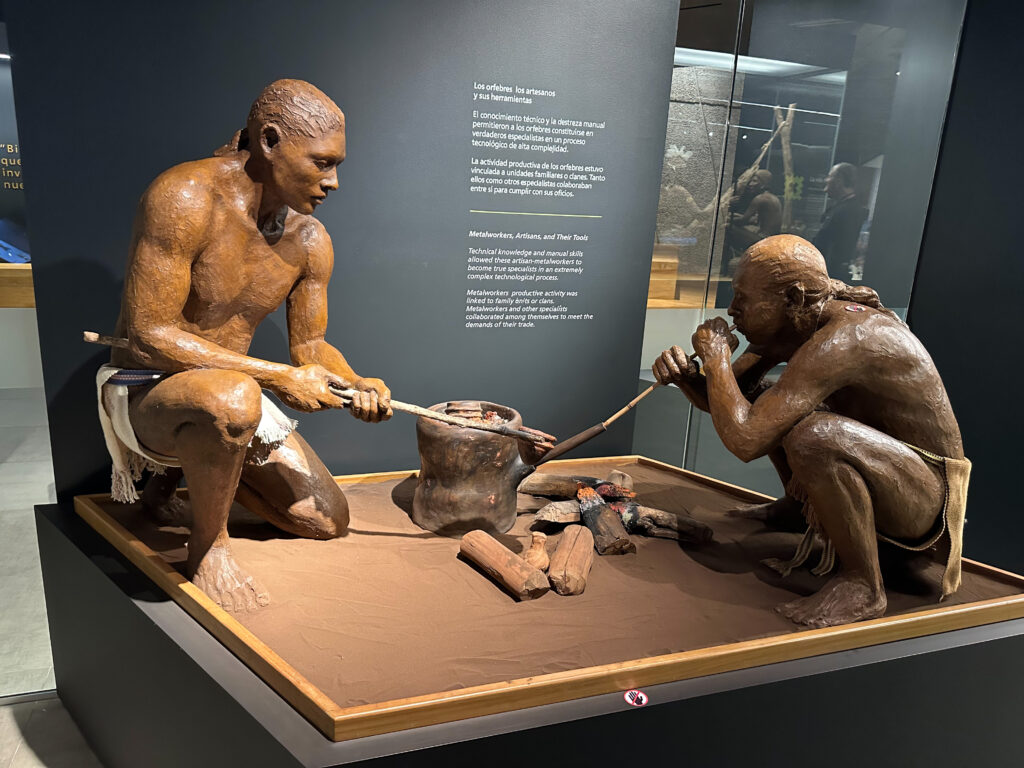
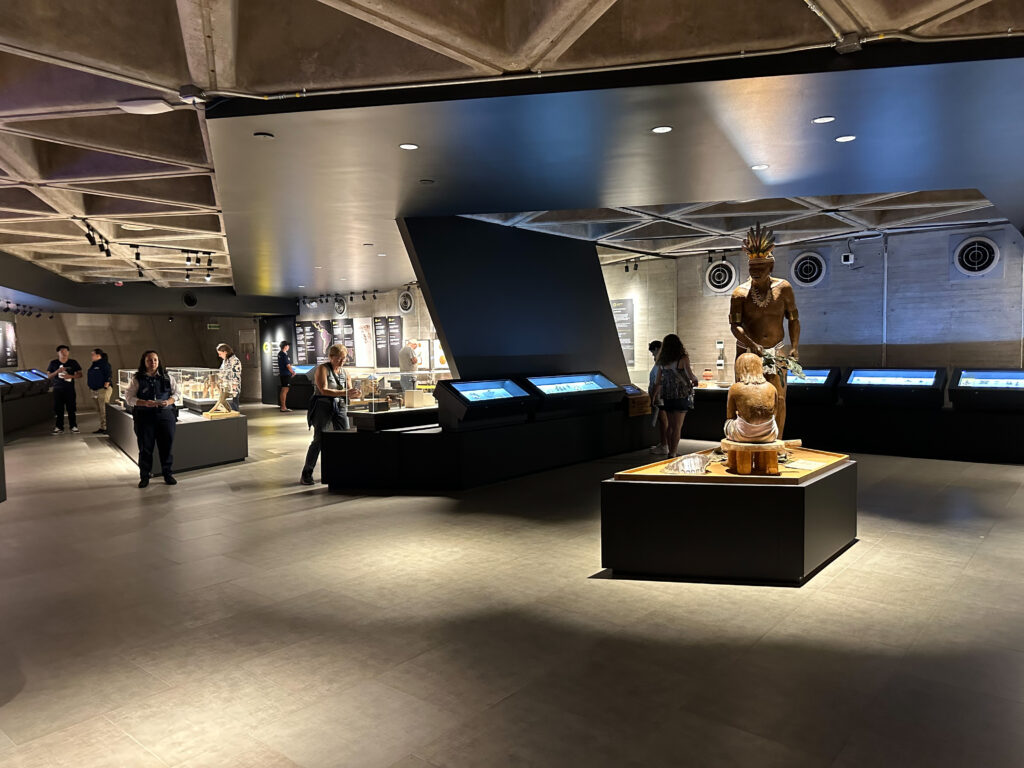
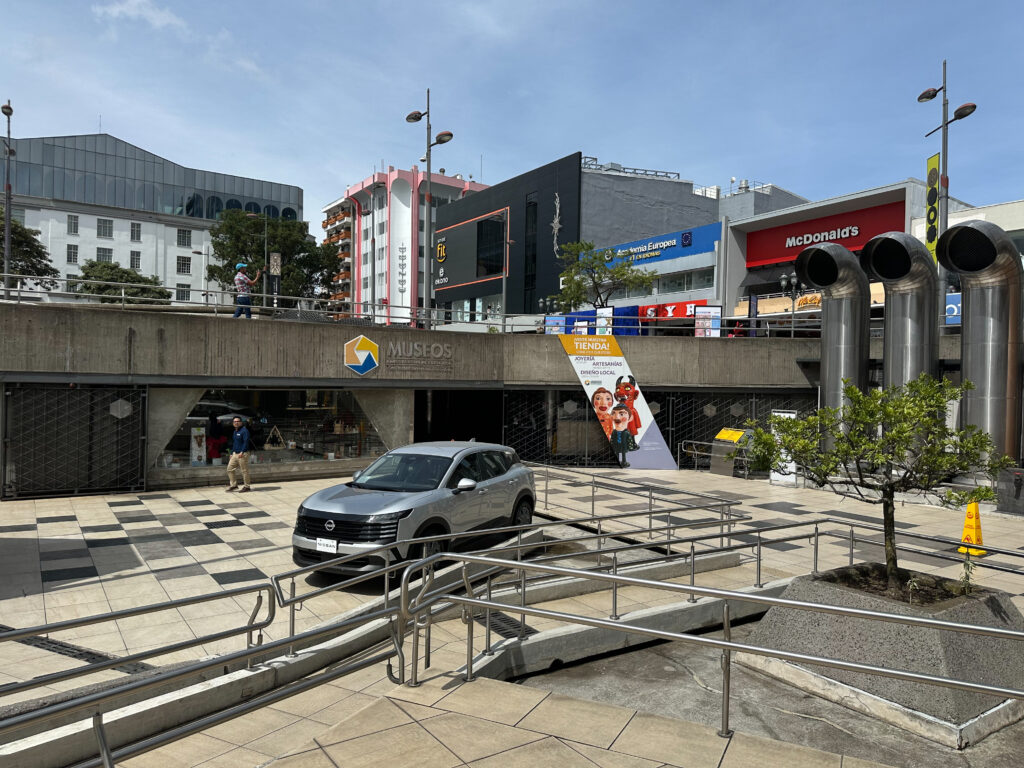
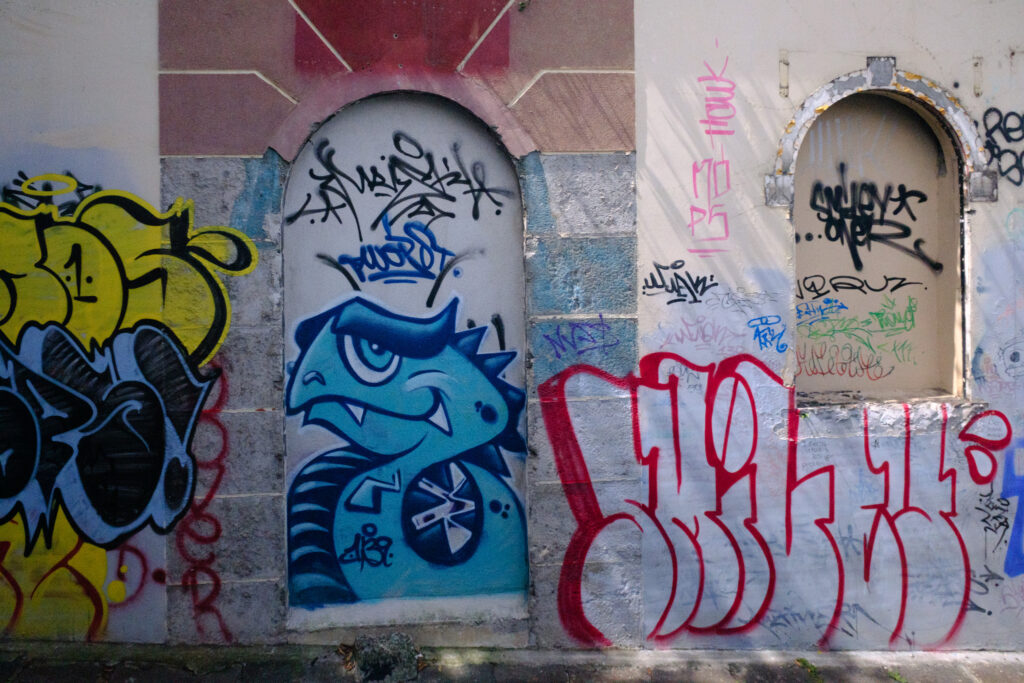
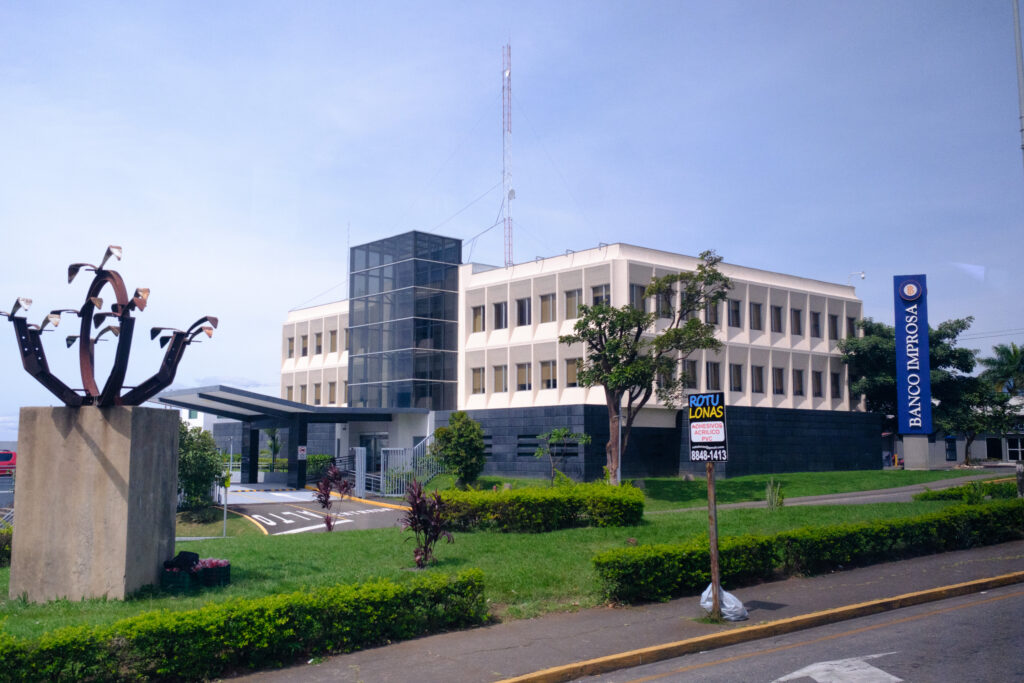
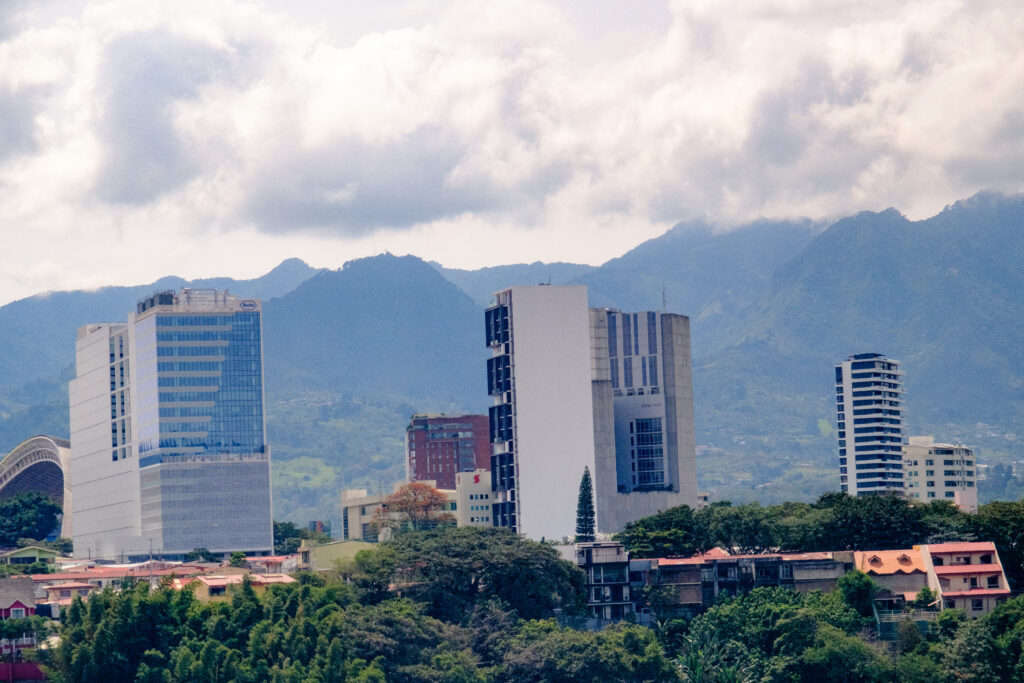
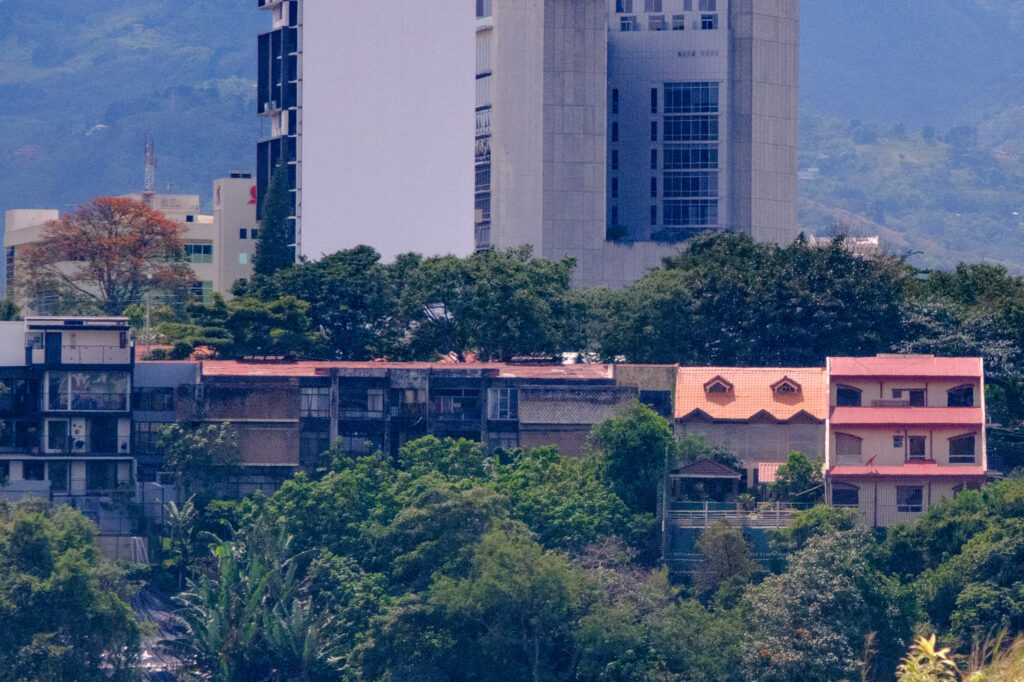
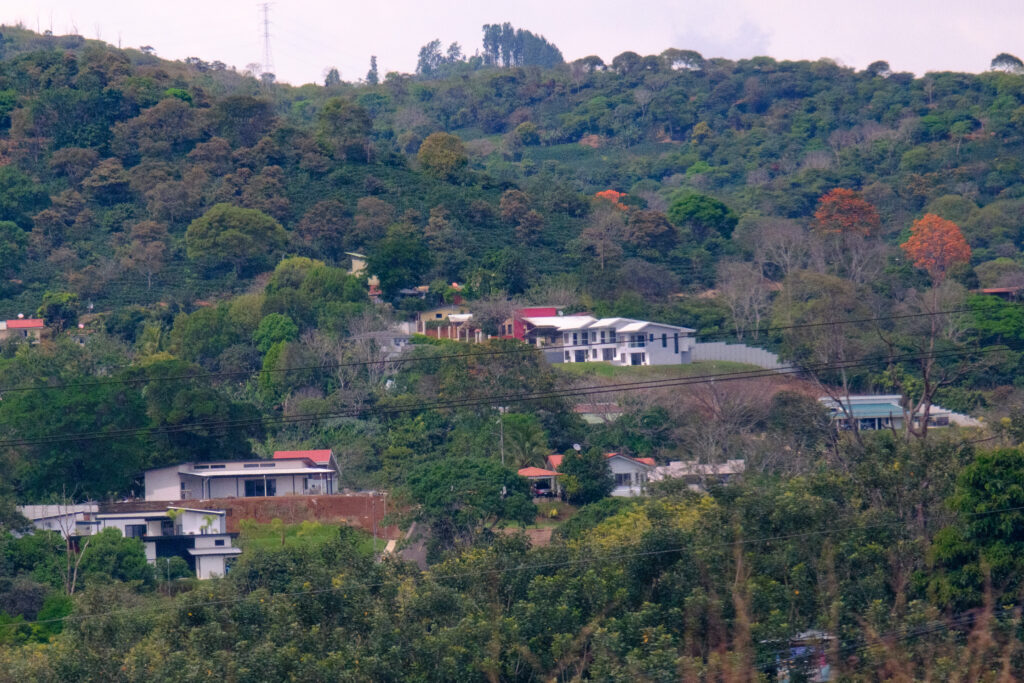
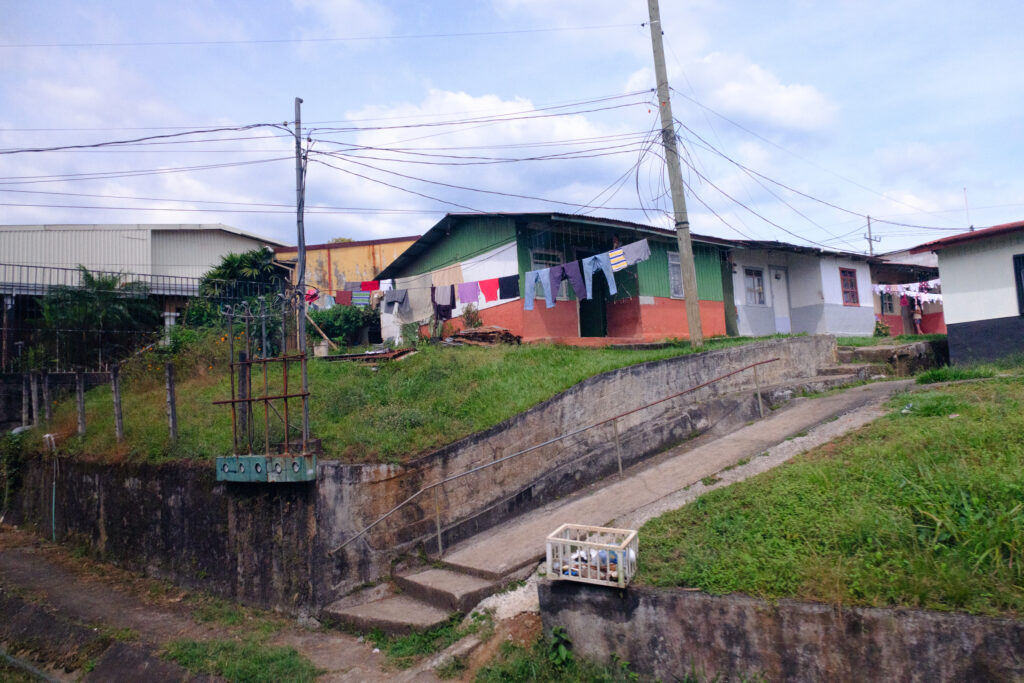
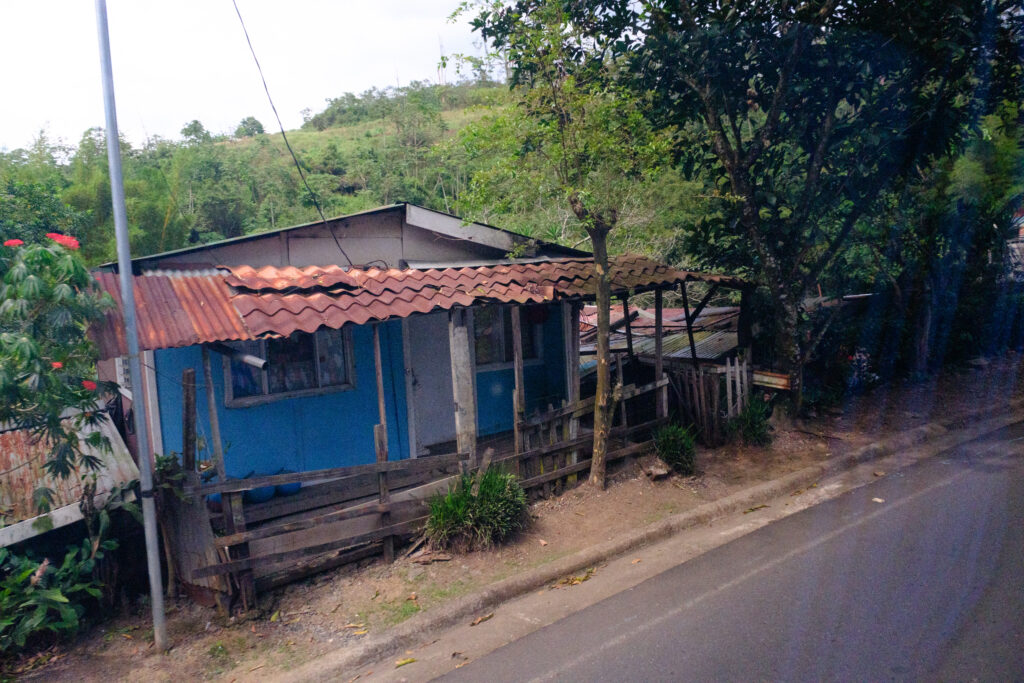
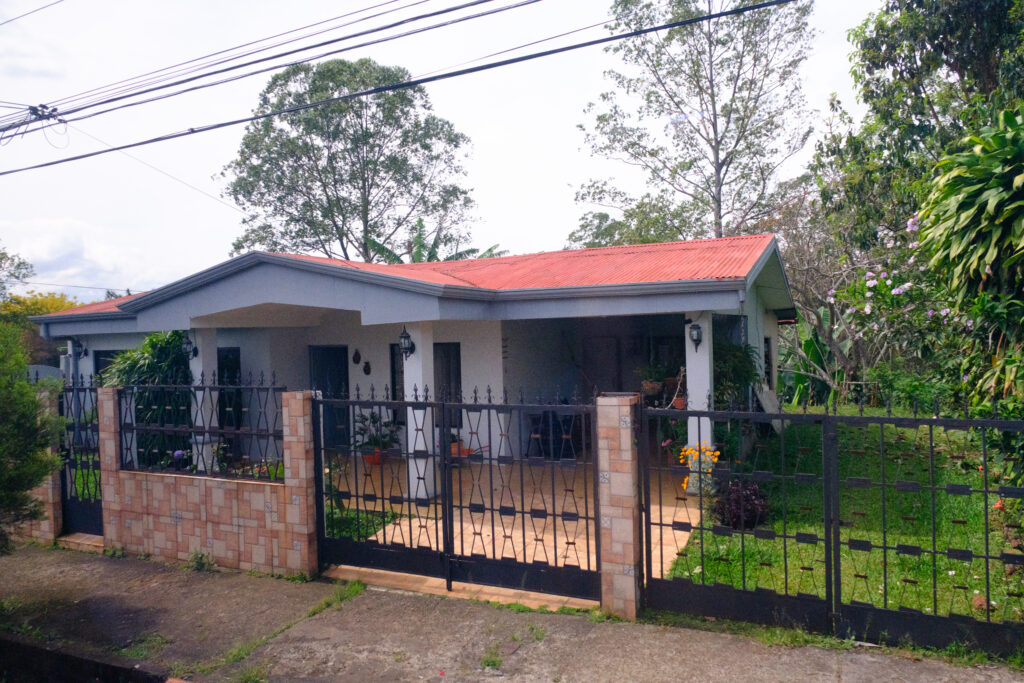
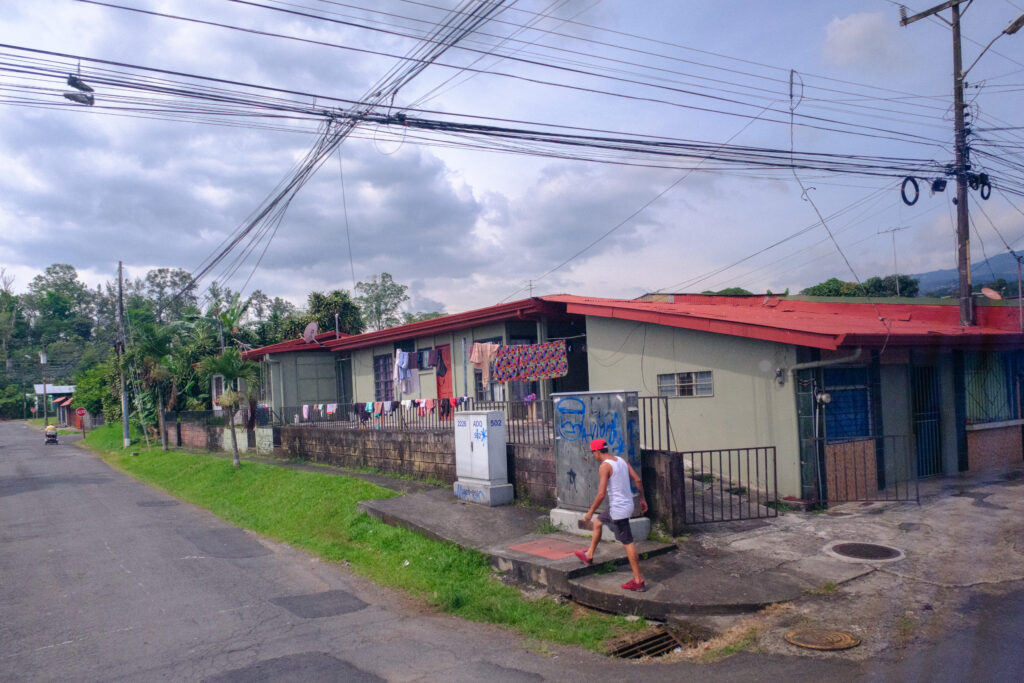
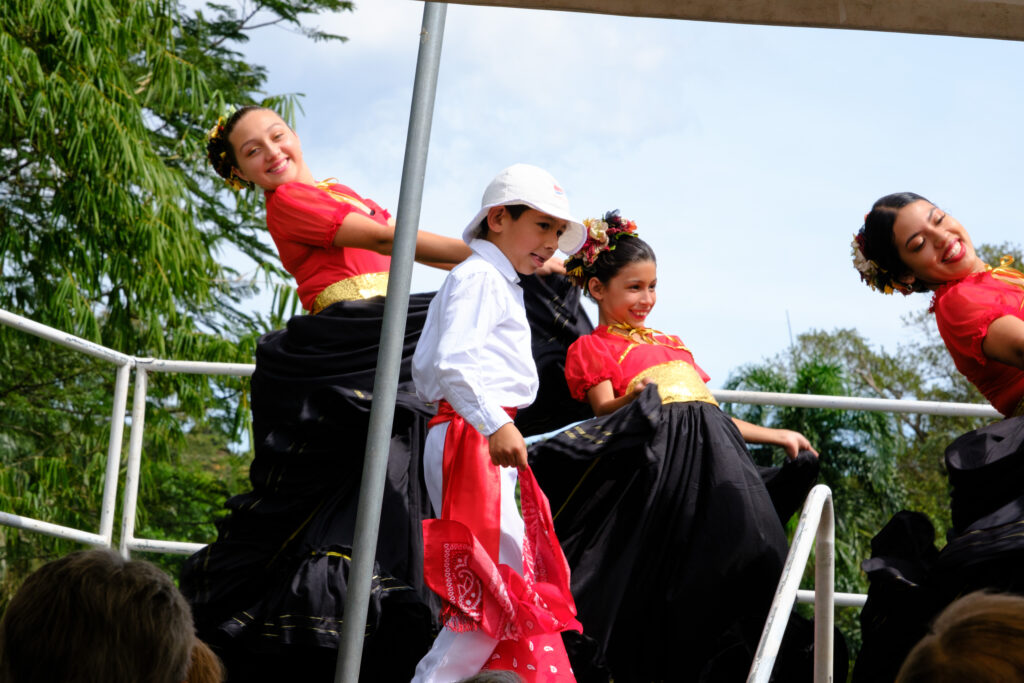
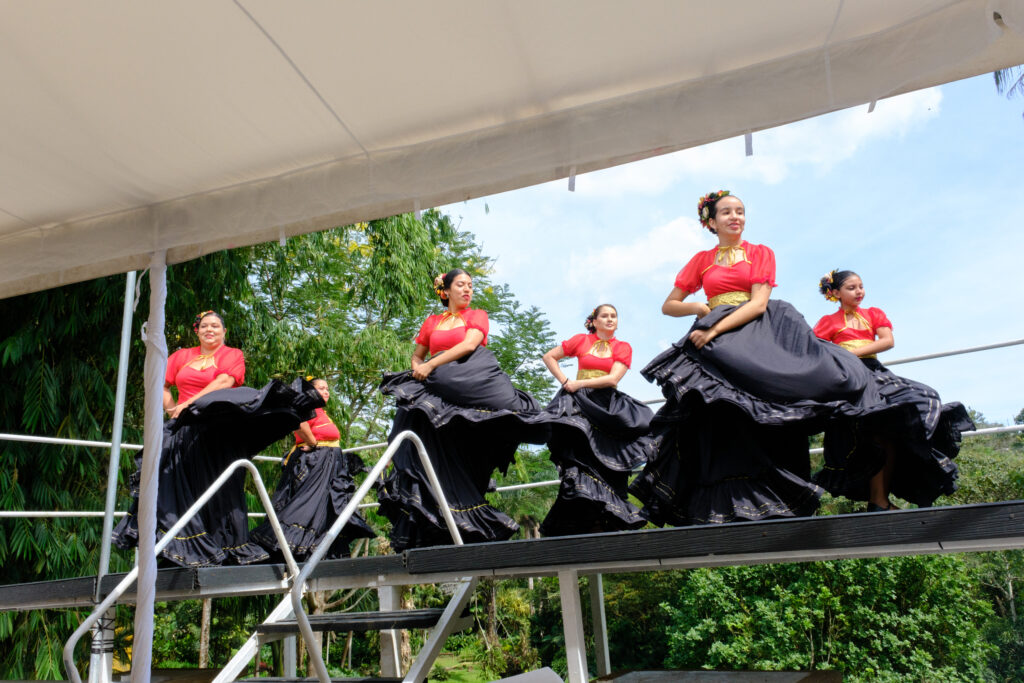
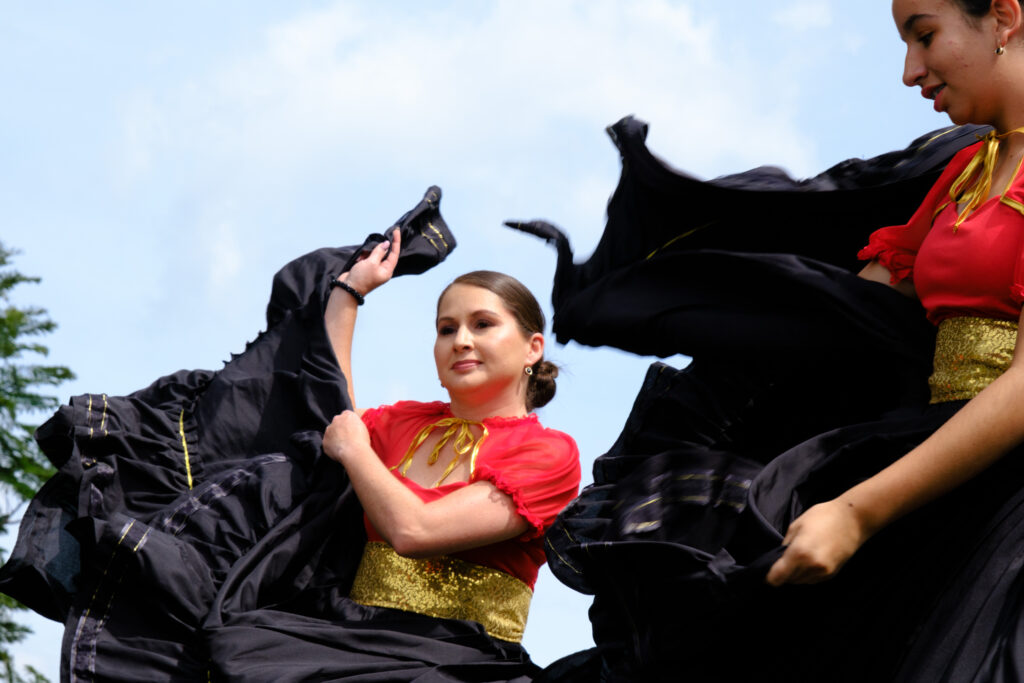
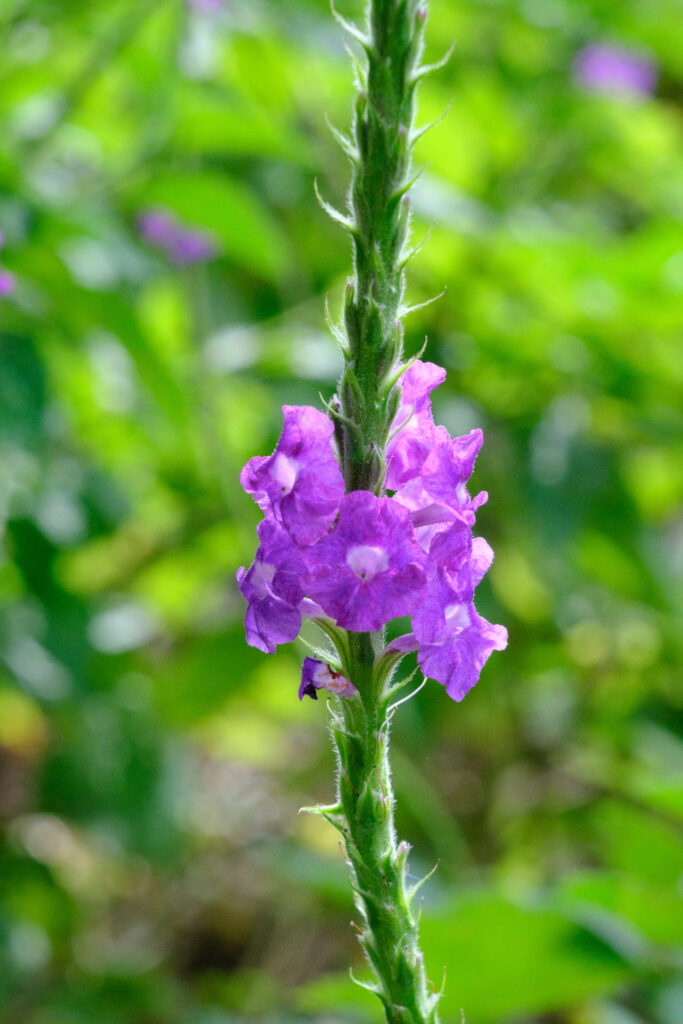
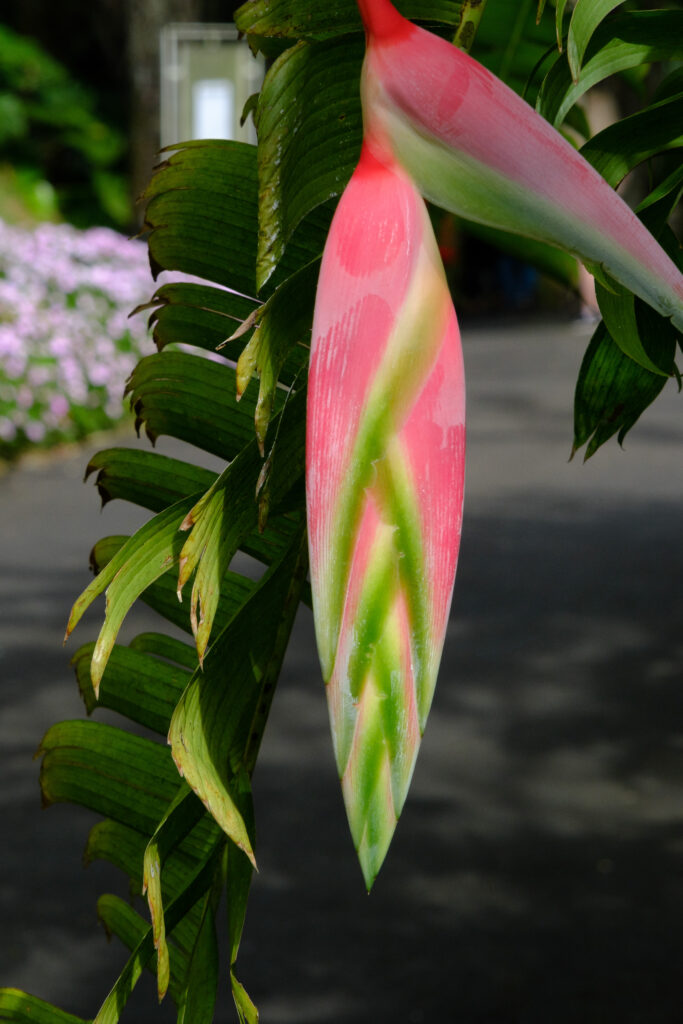
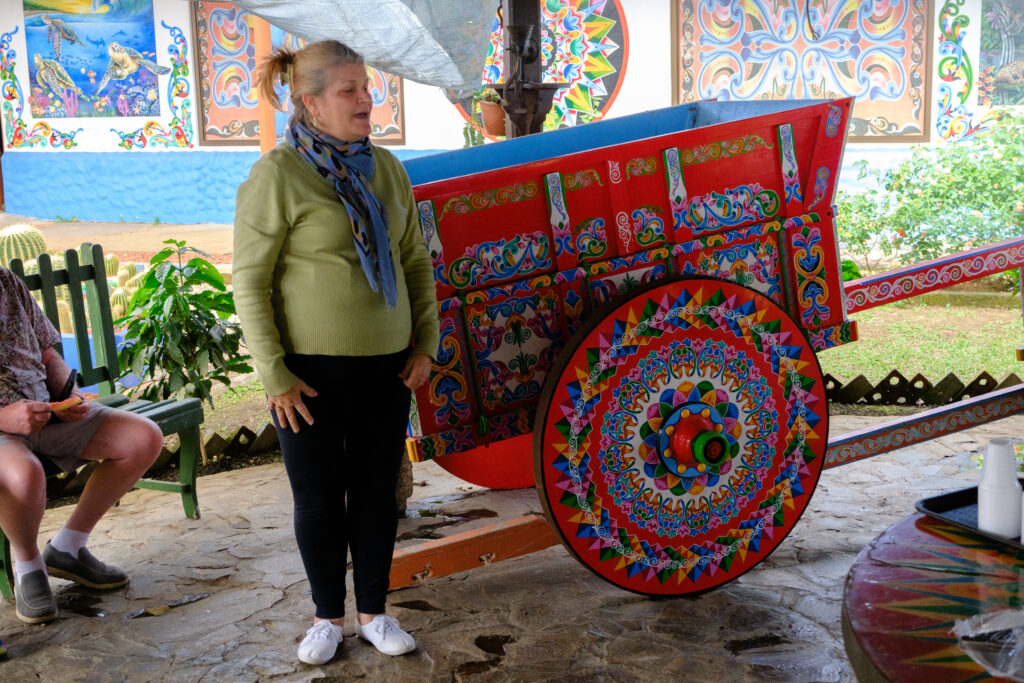
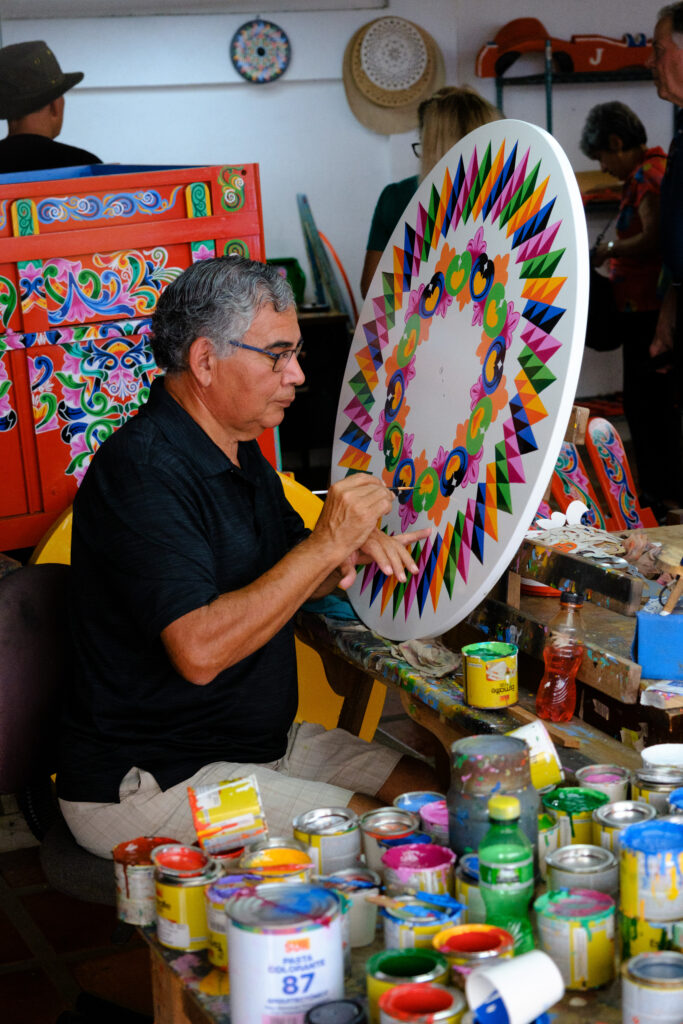
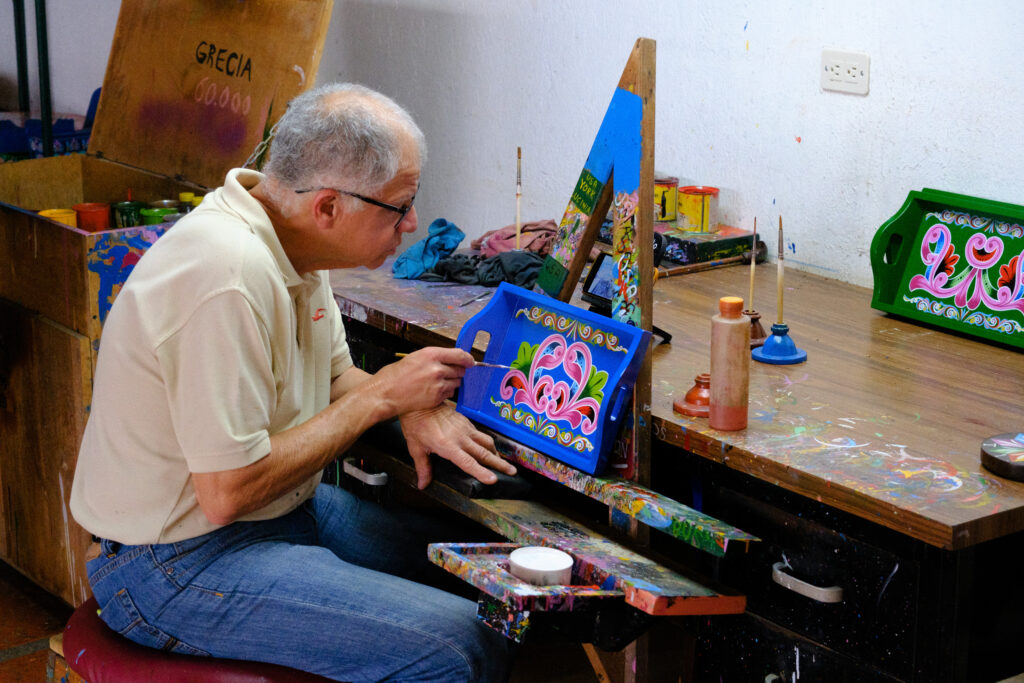
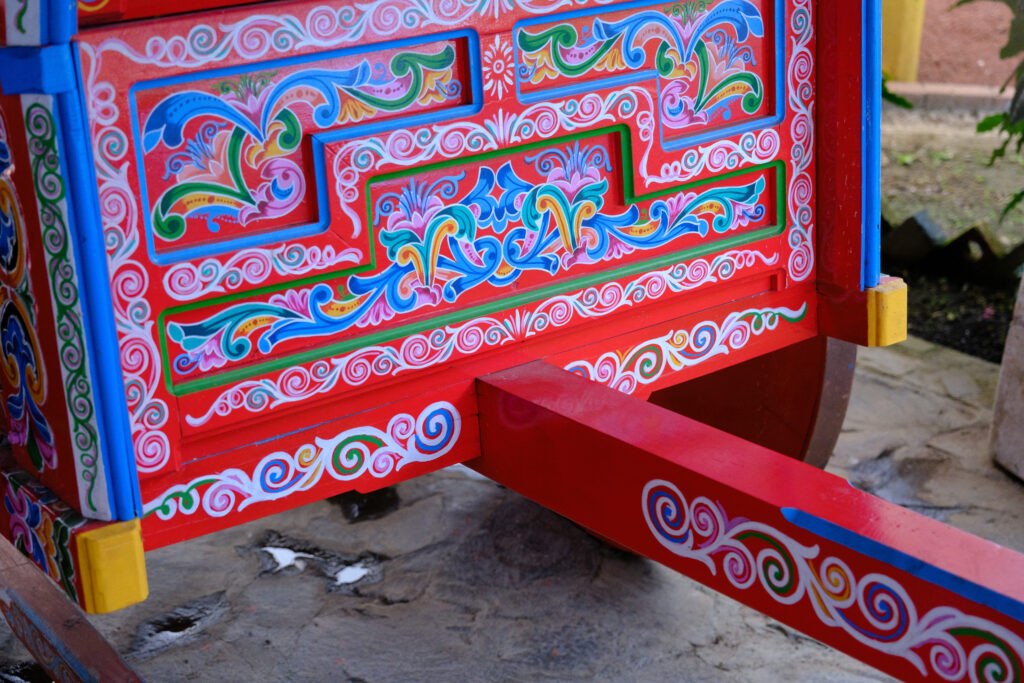

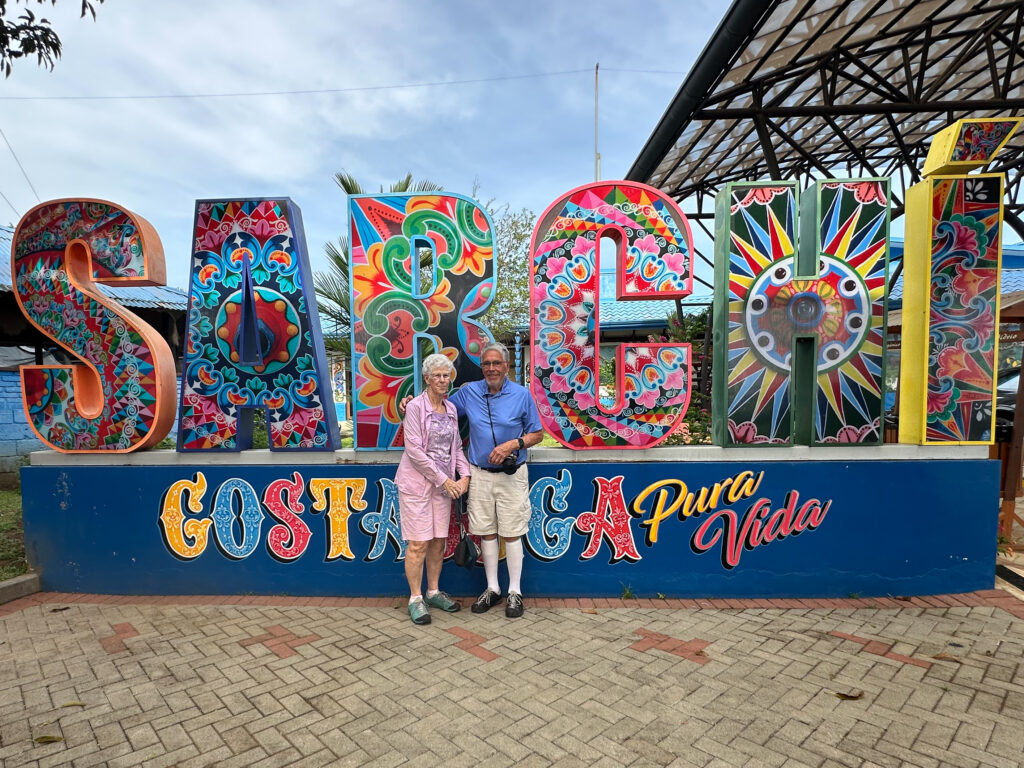
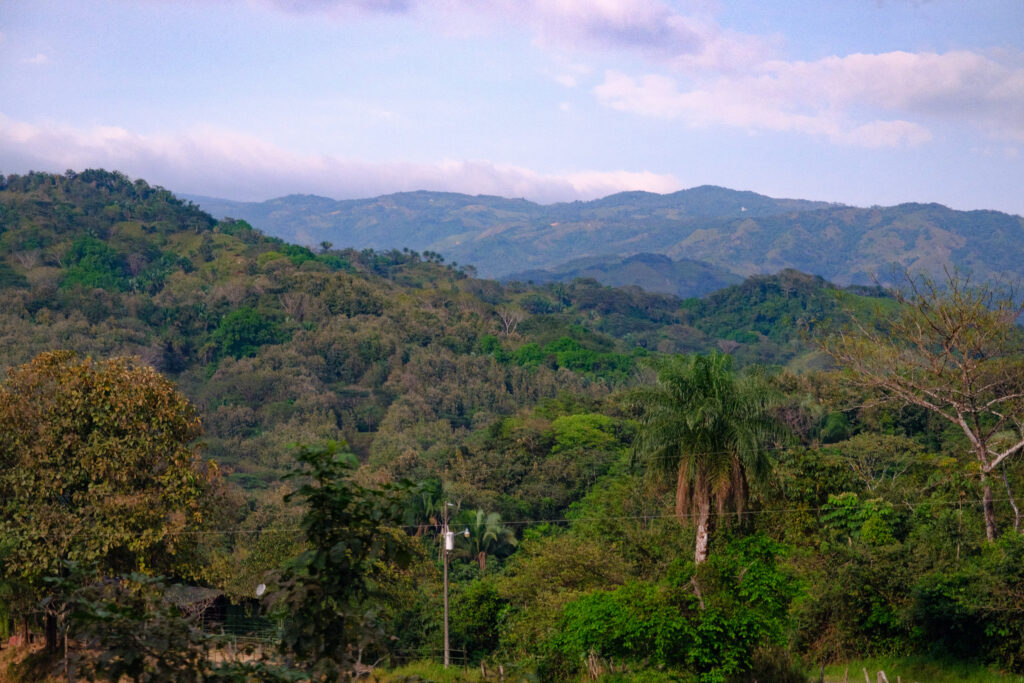
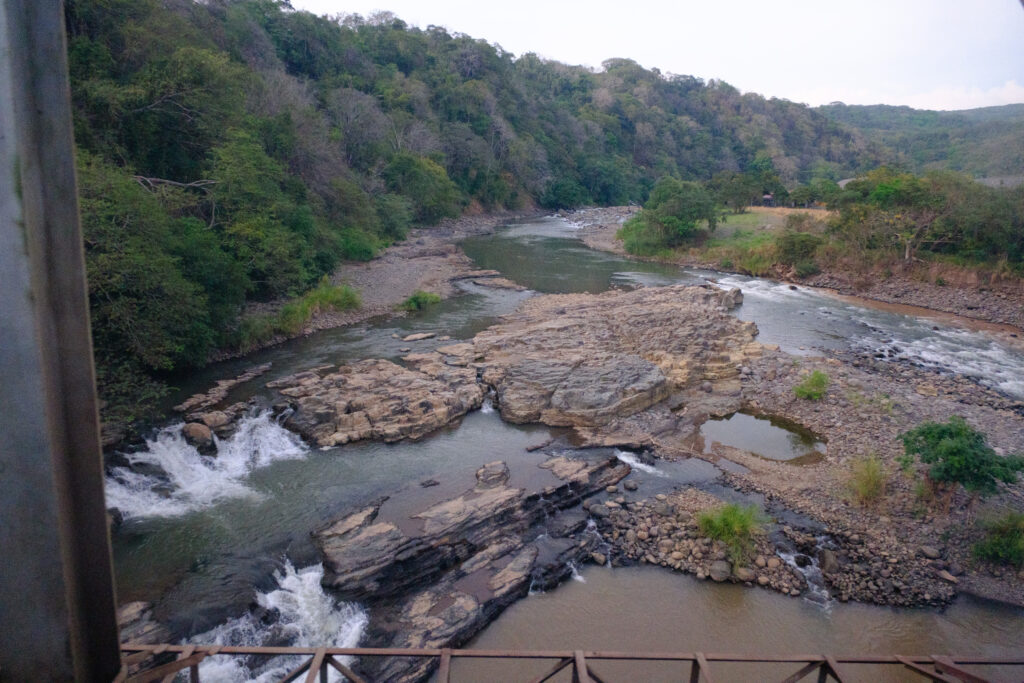
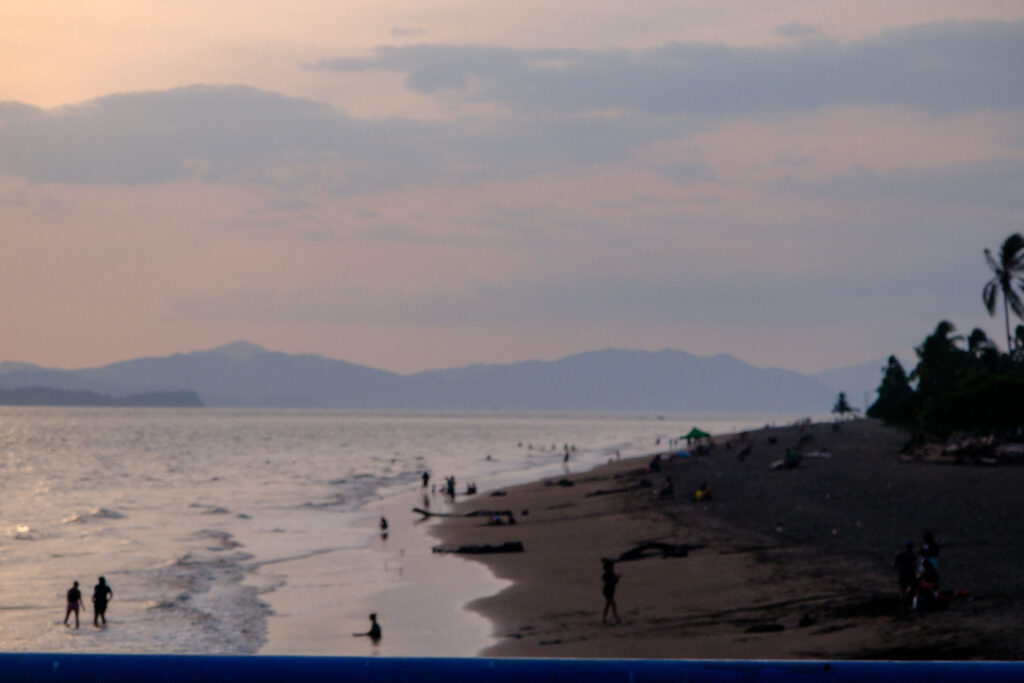
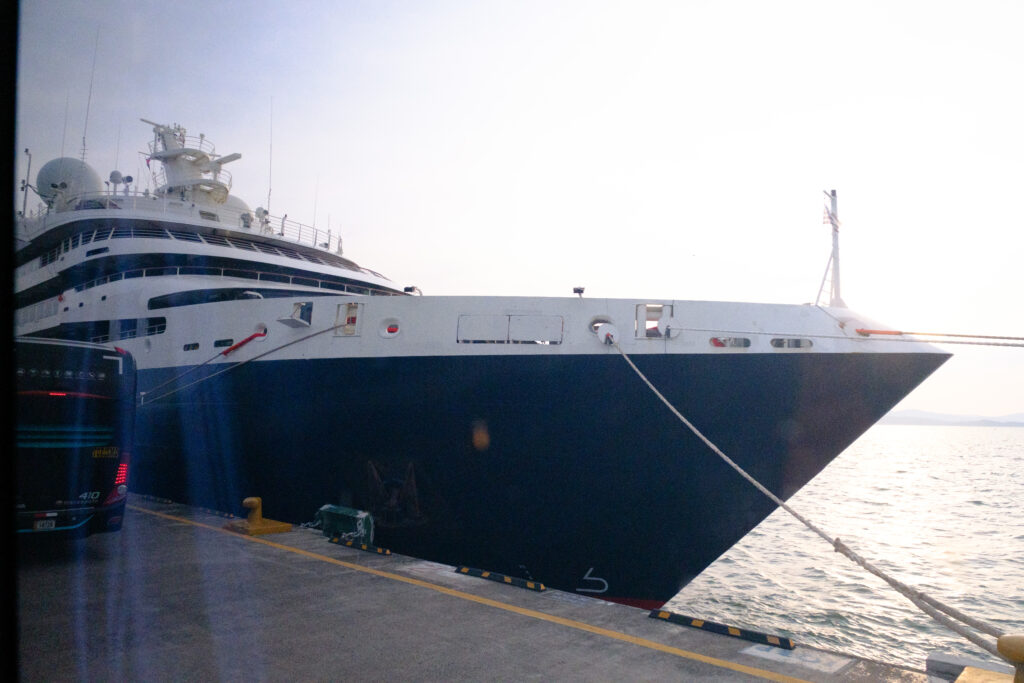
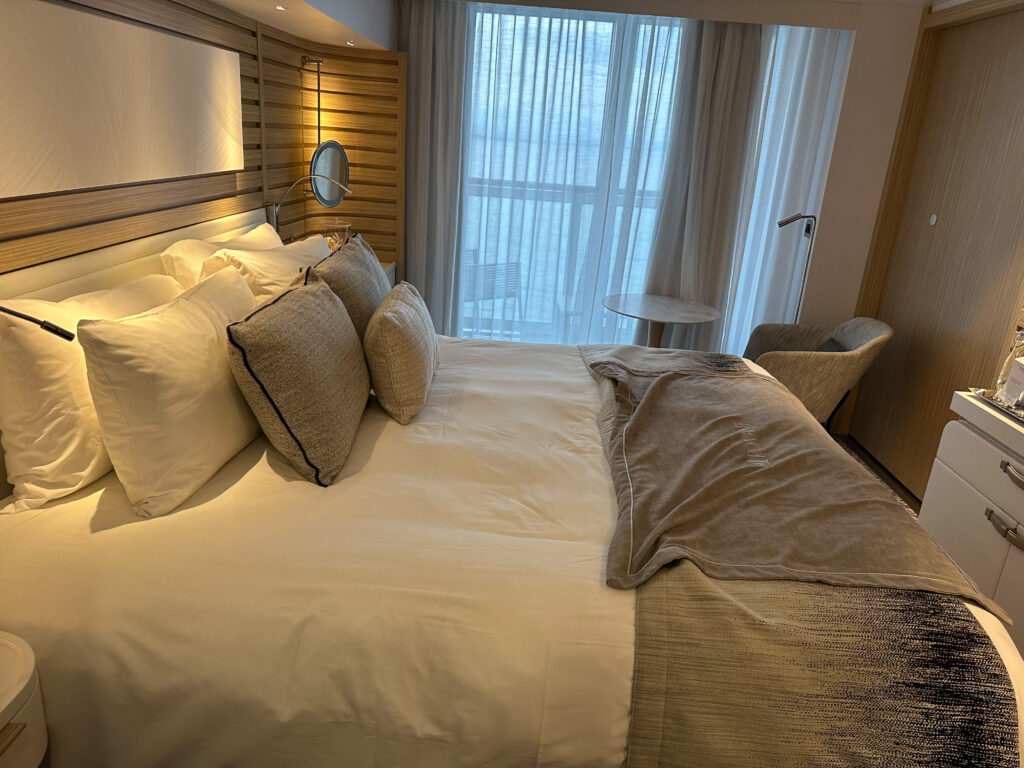
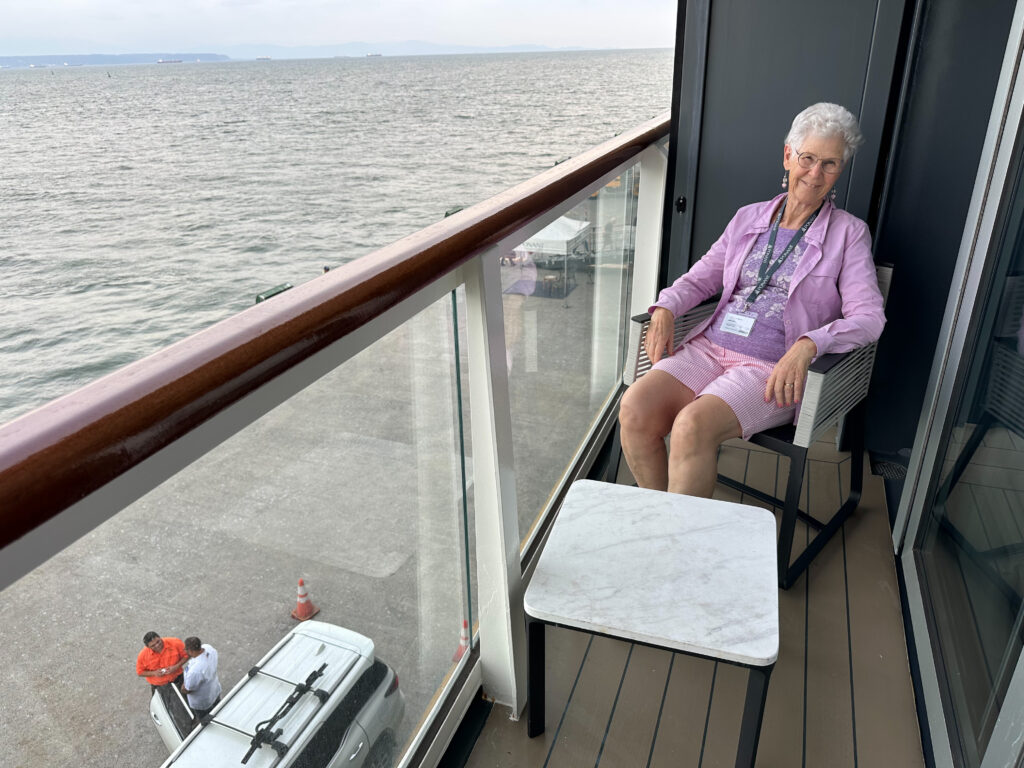
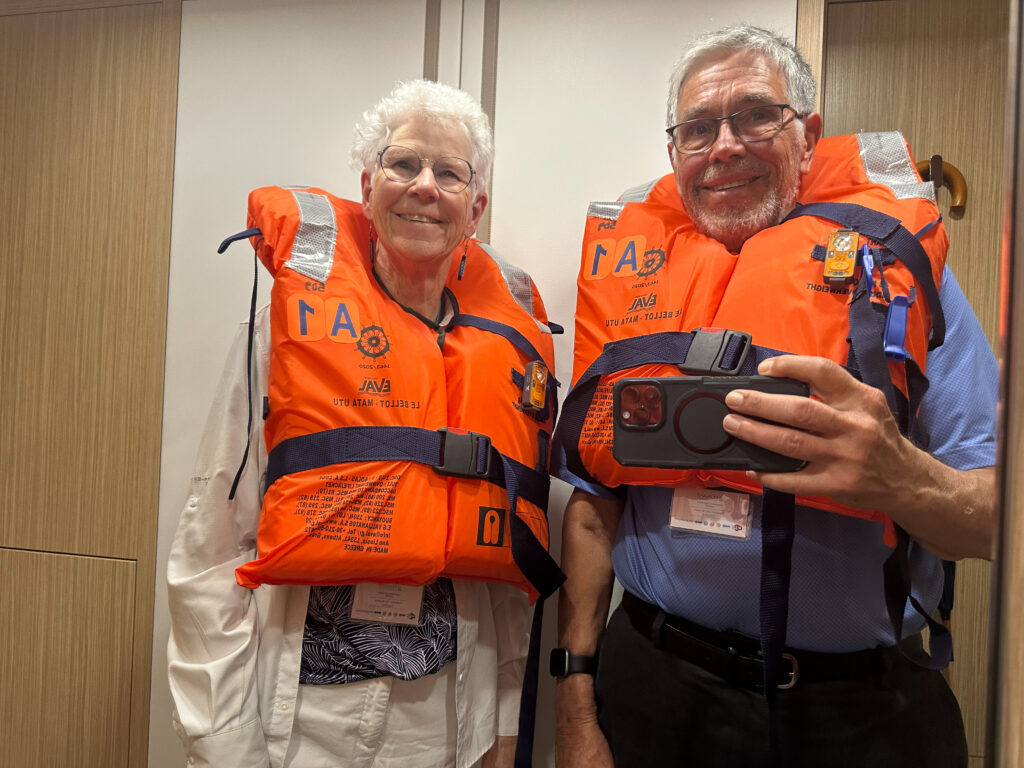
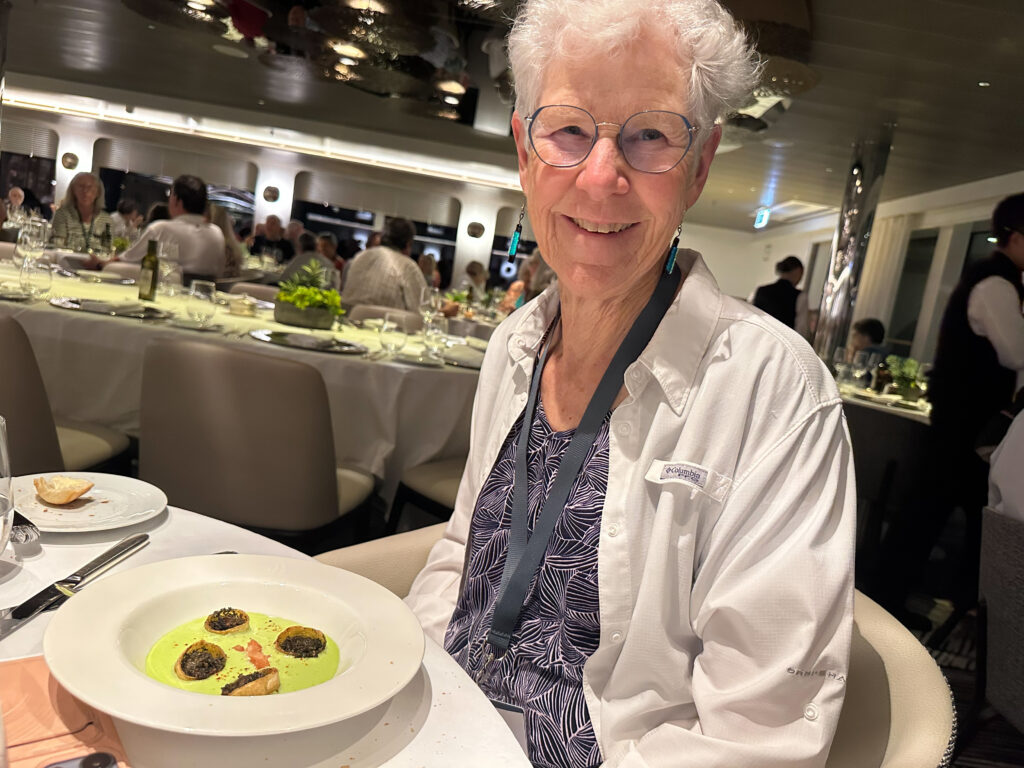
Happy cruising Jon and Judy! Beautiful pictures!
Thanks!
Once again, great pictures
Thanks Karen!